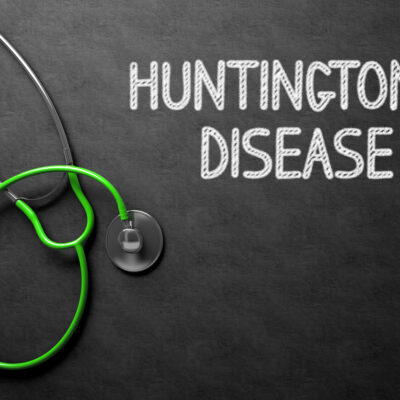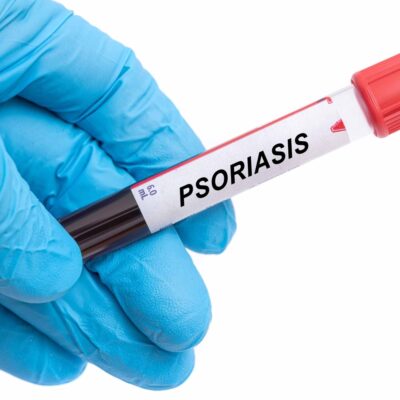
Health
Worst Foods for Parkinson’s
For those with Parkinson’s, incorporating foods that are good sources of vitamins and antioxidants such as fruits and vegetables can help to manage symptoms like nutrient deficiencies. Chorea can show up in those with Parkinson’s, and Austedo medication cost is high, so you may want to consider purchasing healthcare insurance to help with the cost. Alongside medication, however, lifestyle changes can help to mitigate symptoms of Parkinson’s. In this article, we outline several foods that individuals with Parkinson’s may wish to avoid: 1. Processed foods Several processed foods have been linked to causing a rapid progression of Parkinson’s and may also impair gut health as a result of the overgrowth of harmful gram negative bacteria, therefore affecting the severity of symptoms. Chips, canned goods, and breakfast cereals are all foods that those with Parkinson’s may be inclined to stay away from. 2. Foods that are difficult to chew and swallow An estimated 80% of those with Parkinson’s have trouble swallowing as their condition progresses. Therefore, many individuals with Parkinson’s might choose to avoid foods that increase this difficulty, such as tender meat, stale cookies, and more. However, there are ways to still enjoy chewy foods. Incorporating sauces, enjoying a drink with a meal, or ingesting smaller pieces are only some of the many ways that individuals with Parkinson’s can make chewing and swallowing tough foods easier.
Read More 















